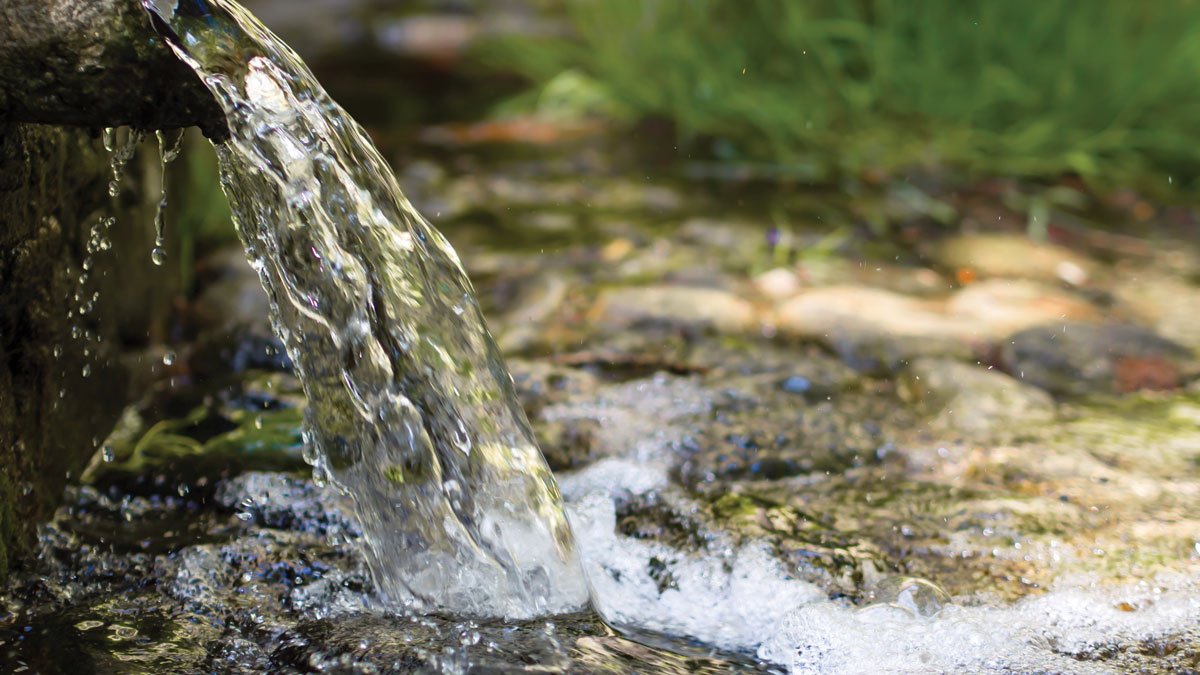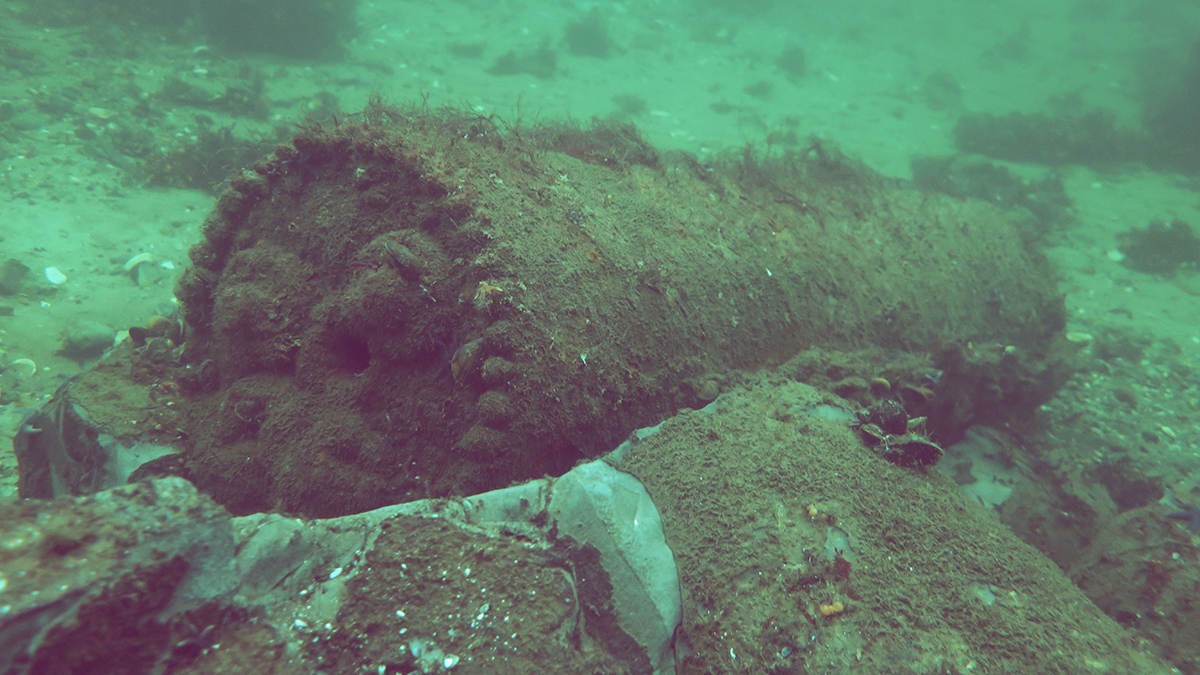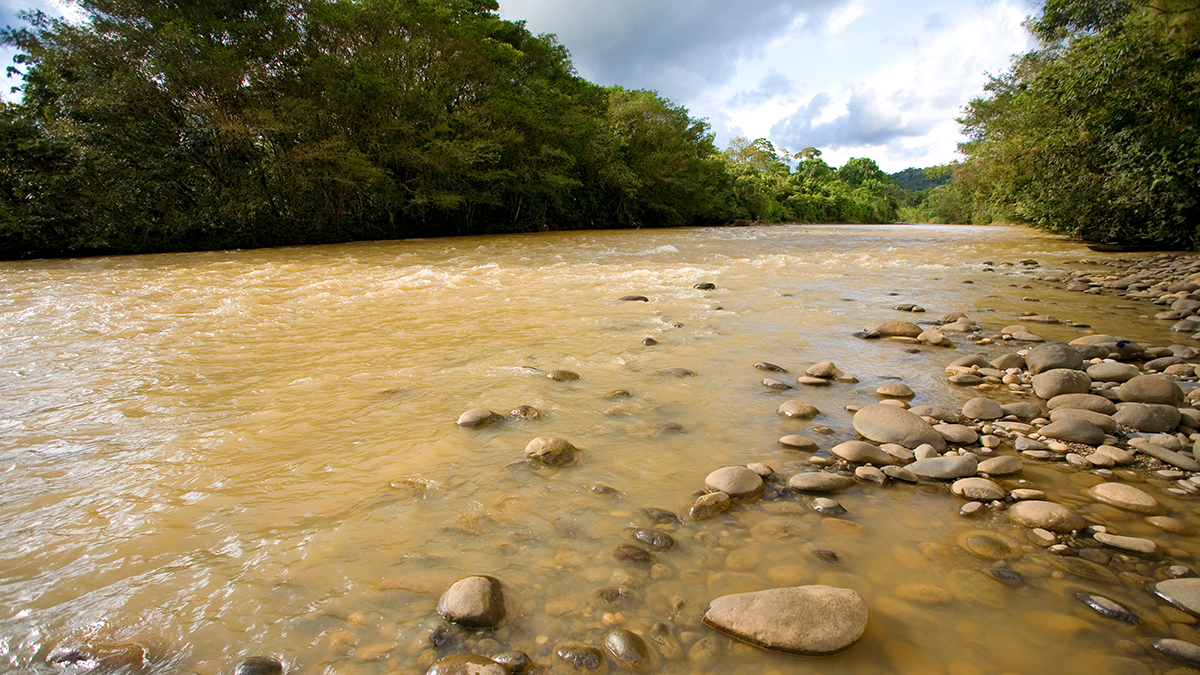Proactive approaches allow water practitioners to address issues in innovative, inclusive ways.
water pollution
WWII Ordnance Is Polluting the Baltic Sea
Discarded explosives were dumped into the Baltic and North seas after World War II. Their deadly legacy is still with us.
Trump Administration Plans to Fire More Than 1,000 EPA Scientists
The Trump Administration plans to fire more than 1,000 scientists in the EPA’s research arm. The layoffs are part of a “reduction in force” that comes after the agency already fired hundreds of probationary workers. (A federal judge has since ordered that these employees be reinstated, and though the administration has complied, most of the workers have been placed on administrative leave.)
EPA Moves to Rewrite Water Rules Following Sackett Decision
EPA administrator Lee Zeldin announced today that the agency would kick off a review of EPA rules and redefine “waters of the United States” to ensure that the agency aligns with the 2023 Supreme Court decision Sackett v. Environmental Protection Agency (EPA), which limited the implementation of the Clean Water Act.
EPA Plans to Close Environmental Justice Offices, Leaving Communities to Face Pollution Alone
Yesterday, news broke that a memo from Lee Zeldin, the new administrator of the EPA, directed the agency to eliminate all offices that focus on environmental justice.
Wildfires Raise Concern About Remobilized Radioactive Contamination
Researchers collected soil and ash after the 2020 wildfires in the Chernobyl Exclusion Zone. Chemical tests suggested that the fires made it easier for contaminants to wash into nearby rivers.
Flint, 10 Years Later
In the decade since the start of the Flint water crisis, policymakers and communities have made improvements to the lives of residents, but opportunities for progress remain.
Water Testing Builds Trust in Science as Maui Communities Recover
Following fires that ravaged the island in 2023, researchers educated residents about how wildfires affect water quality, and gathered data to determine how wildfire impacts change over time.
Physics and Biology as Likely Stream Bedfellows
Streambeds are key sites for removal of nutrients and other contaminants through microbial processes, but are limited by diffusion, which can now be modeled from streambed physical properties.
Sailing Spectators’ Sounds Could Harm Marine Creatures
Research delves into noise pollution caused by spectator boats at sailing events such as the America’s Cup.










